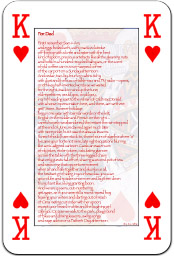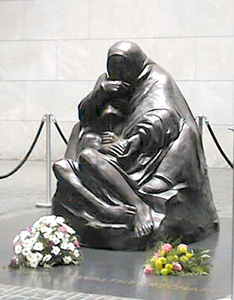Print Exhibition in Philadelphia
Libby of Roberta & Libby’s artblog raves about an unusual print exhibition at the Fleisher Art Memorial in Philadelphia:
“Several Steps Removed” is so terrrific and I have to share it. It’s all prints and plates or other matrixes used to create them, and if you want to know a little more about printmaking, or you just want to see some terrific stuff, this show is for you (I figure that includes everyone in our reading audience).”
Libby has posted several images from the show with great descriptions, more than the gallery’s site. She finishes by writing, “But after seeing this show, I’m convinced that all print making has a touch of alchemy.”
The exhibition was produced with the Philadelphia Print Collaborative. Their site is worth a visit to look at the images in their group portfolios.

